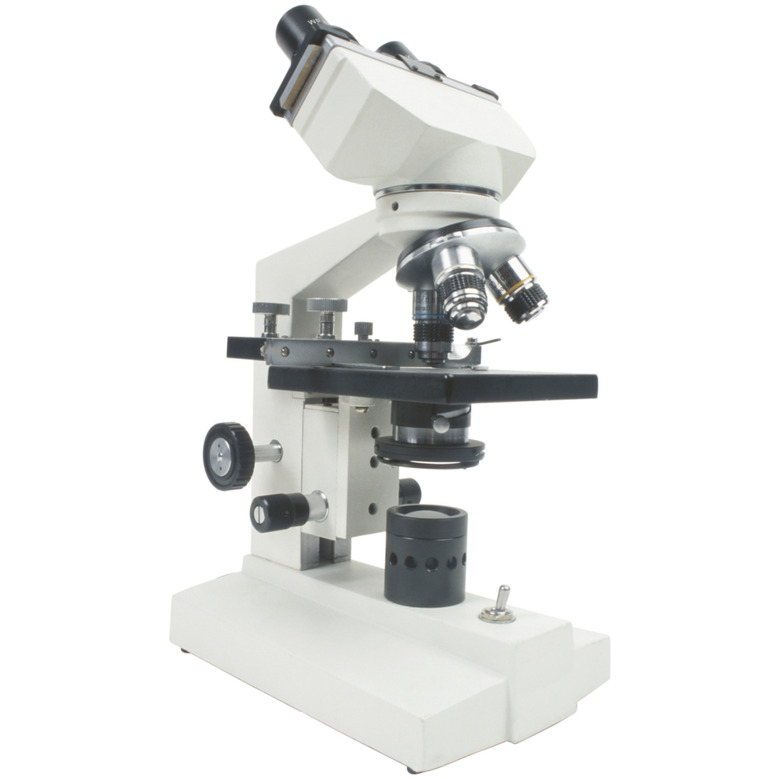Cell Structure Of Nostoc
Imagine walking near a pond when you notice something slimy with bluish-green, bead-like protusions floating in the water. Or maybe you live somewhere marshy and find the gelatinous mass in the middle of your very own lawn. What is this lumpy, jelly-like substance? Could it be a gift from aliens or a curse from witches? You might be surprised to learn that this is actually a colony of cyanobacteria – called Nostoc – which is one of the oldest organisms in the world!
Read more about the role of cyanobacteria in the ecosystem.
What is Nostoc?
What is
Nostoc?
Nostoc is a genus of cyanobacteria comprising many species, which all share some common features. If you look at Nostoc structure under a microscope, you will see thread-like filaments, called trichomes. Each trichome is really a chain of round or bead-like cells that lack a nucleus. As you move down the chain, every so often a single cell will appear thicker and larger. These larger cells are heterocysts, which are important for reproduction and nitrogen fixing.
Since the microscopic filaments that comprise Nostoc structure come together as colonies protected by a gelatinous matrix, you can often see it with the naked eye. If you do see these colonies in person – or if you check out a picture of Nostoc online – you will see clumps of algae-like pods together within a slimy coating.
Other Features of Nostoc
Other
Features of Nostoc
Nostoc species are cyanobacteria, which differ from regular bacteria because they can use photosynthesis to make their own food. The pigments that give Nostoc its blue-green color capture the sunlight for this purpose. Chlorophyll (green pigment) traps bright sunlight while phycocyanin (blue pigment) and phycoerythrin (red pigment) capture dimmer sunlight.
Read more about the three stages of photosynthesis.
Nostoc shares another feature with some plants: It is a nitrogen fixer. This means it can use its heterocysts to remove free nitrogen from the air and change it into a form other plants can use to make important biomolecules, such as amino acids and proteins.
Heterocysts also play a role in reproduction. Filaments can break at the places in the chain that contain heterocysts, forming hormogonia, which then become new filaments. When Nostoc species find themselves living in unfavorable conditions, they can also form tough spores called akinetes. These cells store food and go into a resting state until conditions become favorable again, at which point they can germinate into new filaments.
History of Nostoc Bacteria
History
of Nostoc Bacteria
One of the most interesting aspects of this cyanobacteria is that it is one of the oldest organisms in the world. Scientists have found Nostoc fossils from more than 3.5 billion years ago! This says a lot about its robust nature.
In fact, some species of Nostoc can survive extreme conditions, thanks to its ability to produce akinetes. This tough, dormant spore has even been able to regenerate into its regular form after scientists dried it out and kept it in storage for 70 years!
This explains why Nostoc can handle natural extremes like drought and flooding as well as frozen conditions found in the Arctic and Antarctic. The genus is also diverse, with more than 200 species capable of colonizing freshwater, saltwater and even land.
Over the years, people have wondered about Nostoc and called it many creative names, including:
- Star jelly,
star shot and star slime – because people once believed Nostoc came from outer space, perhaps even from shooting stars
- Witch's
butter or witch's jelly – since strange-looking or unexplainable things in nature were often ascribed to sorcery
Of course, scientists now know that Nostoc is most definitely not extraterrestrial or magical in origin. Still, the unique features of this diverse, robust genus of cyanobacteria continue to intrigue biologists and regular people who happen to stumble across it in nature.
Cite This Article
MLA
Mayer, Melissa. "Cell Structure Of Nostoc" sciencing.com, https://www.sciencing.com/cell-structure-nostoc-5915883/. 30 July 2019.
APA
Mayer, Melissa. (2019, July 30). Cell Structure Of Nostoc. sciencing.com. Retrieved from https://www.sciencing.com/cell-structure-nostoc-5915883/
Chicago
Mayer, Melissa. Cell Structure Of Nostoc last modified March 24, 2022. https://www.sciencing.com/cell-structure-nostoc-5915883/
